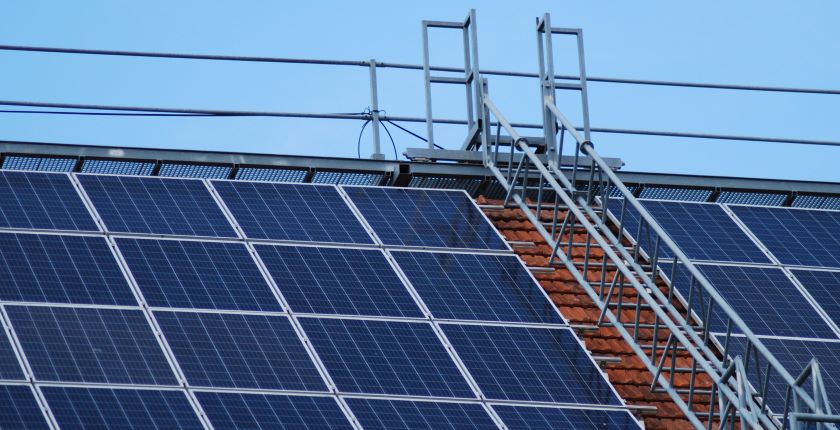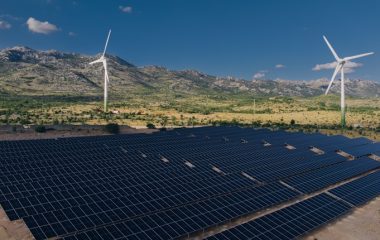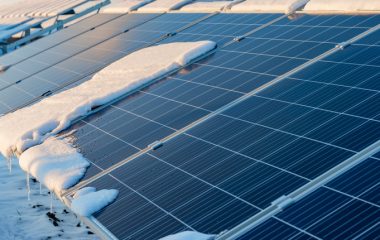
Photo: Istvan Hernek on Unsplash
The Environment Fund Administration (AFM) of Romania said it funded almost 2,000 projects in the past three years through its Casa Verde Fotovoltaice subsidies scheme for solar panels and that it would launch another round next month. However, nearly 9,000 applications that were accepted last time were later rejected, according to Greenpeace.
Romania will subsidize households with EUR 57 million for the installation of solar power panels. The Environment Fund Administration (AFM) said it would start receiving applications in late December.
RFE/RL reported the government body was responsible that almost 9,000 potential beneficiaries that met the conditions for government support in the previous round were ultimately rejected, making the mechanism a failure. Almost 13,000 applications were initially accepted. AFM said it funded almost 2,000 projects in the past three years through the Casa Verde Fotovoltaice scheme, the article adds.
Government fund only partly implemented subsidy scheme for solar panels
The media outlet quoted Greenpeace as saying that the fund has blocked the process following an unproven computer fraud, followed by postponements for months at a time in evaluating the files and publishing the results of the appeals. The last call was published in December 2018 and AFM said only in June 2020 that it would start signing the contracts.
Solar panels can be mounted on the roof or next to the structure
The program was especially intended for houses, but businesses and multiapartment buildings were also included. Solar panels can be mounted on the roof or next to the structure. The beneficiaries become prosumers, which means they can deliver excess output to the grid and boost the share of renewables in energy in Romania.
Up to 90% of costs covered from EU funds
Household users who have installed solar panels don’t pay taxes or excise duties for the energy they produce or sell, up to a capacity of 27 kW. The subsidy covered up to 90% of the investment in the last round, financed with funds from the European Union.
The government suggested it would allocate just over EUR 4,000 per project for the next call and that beneficiaries would select the installers from a list of those that would be certified. The subsidy can top EUR 5,000 if the home is insulated, the domestic media reported.
The overall budget could be increased, according to early announcements. The photovoltaic projects will need to be worth over EUR 4,400, the authorities added.


















Be the first one to comment on this article.